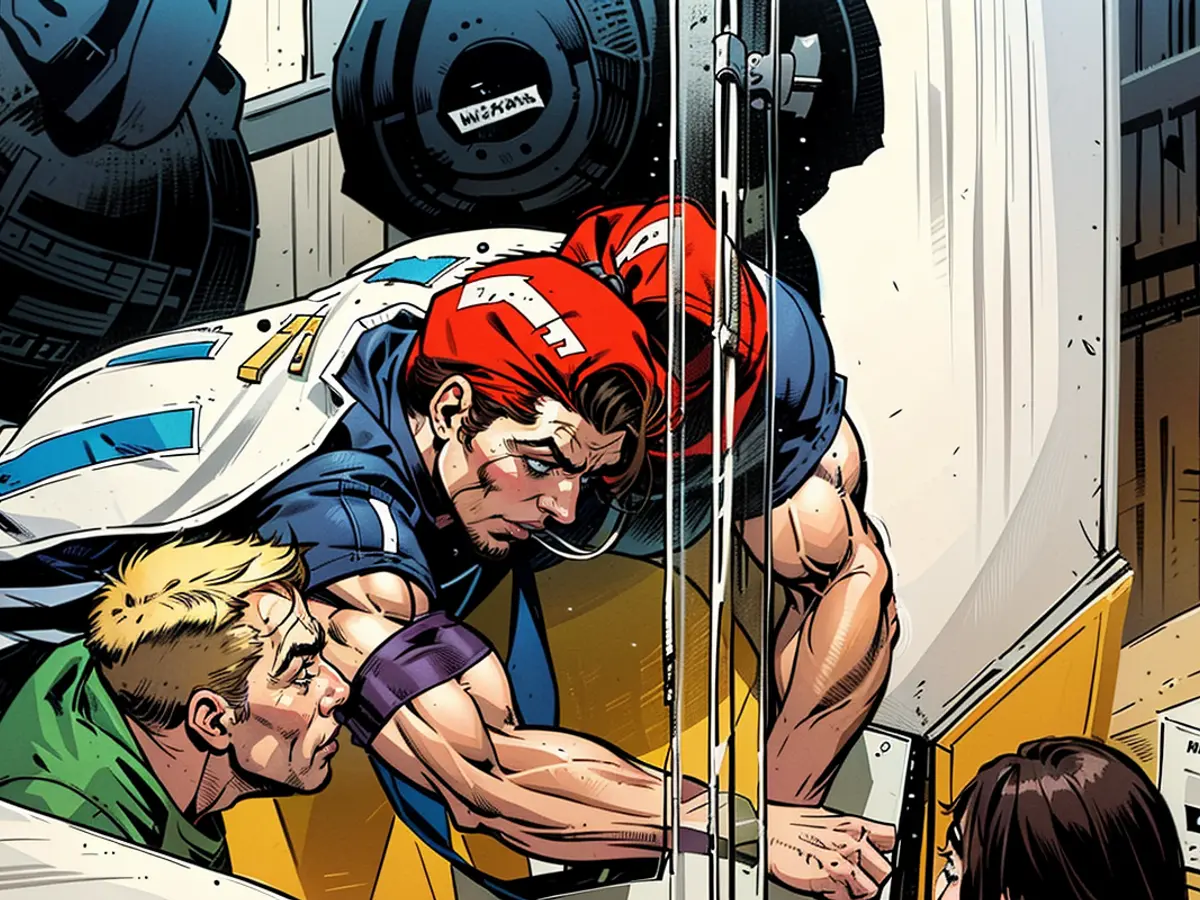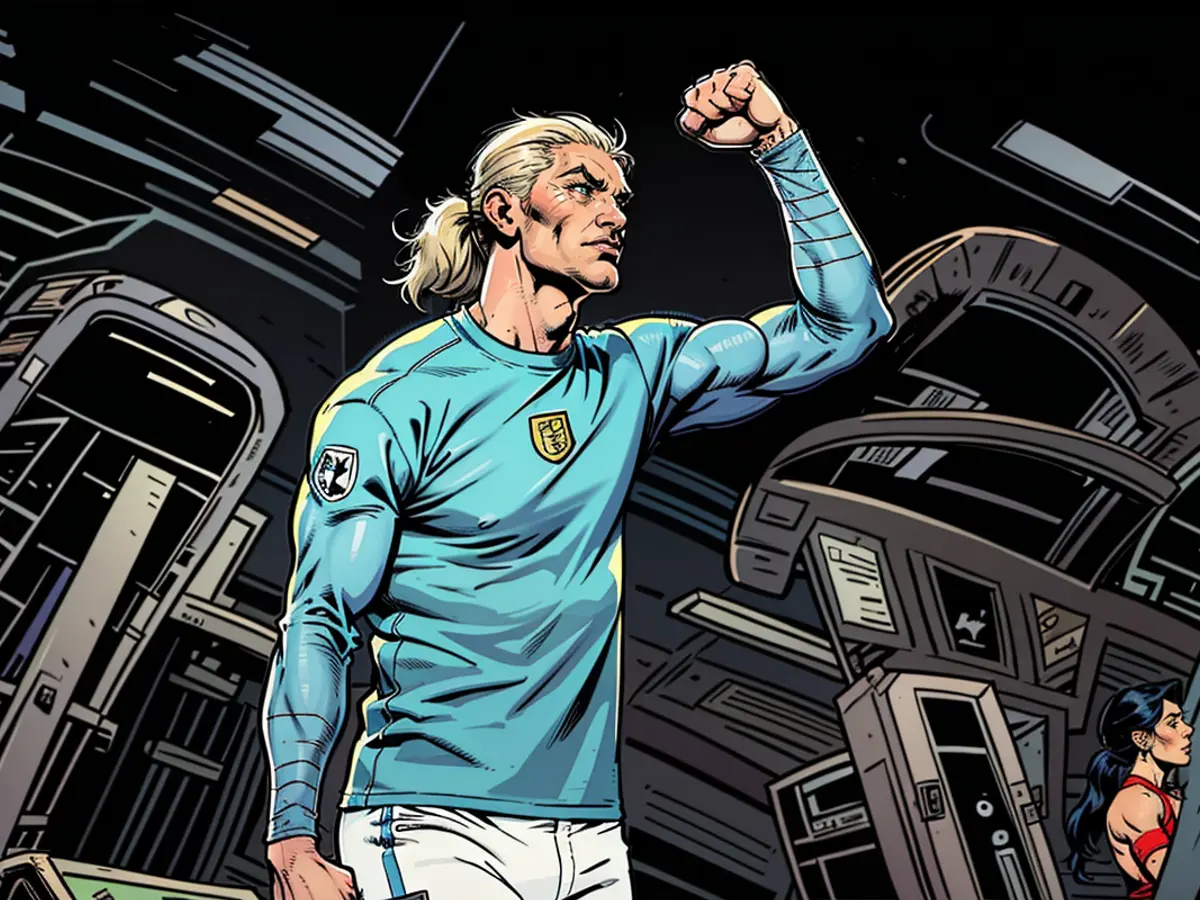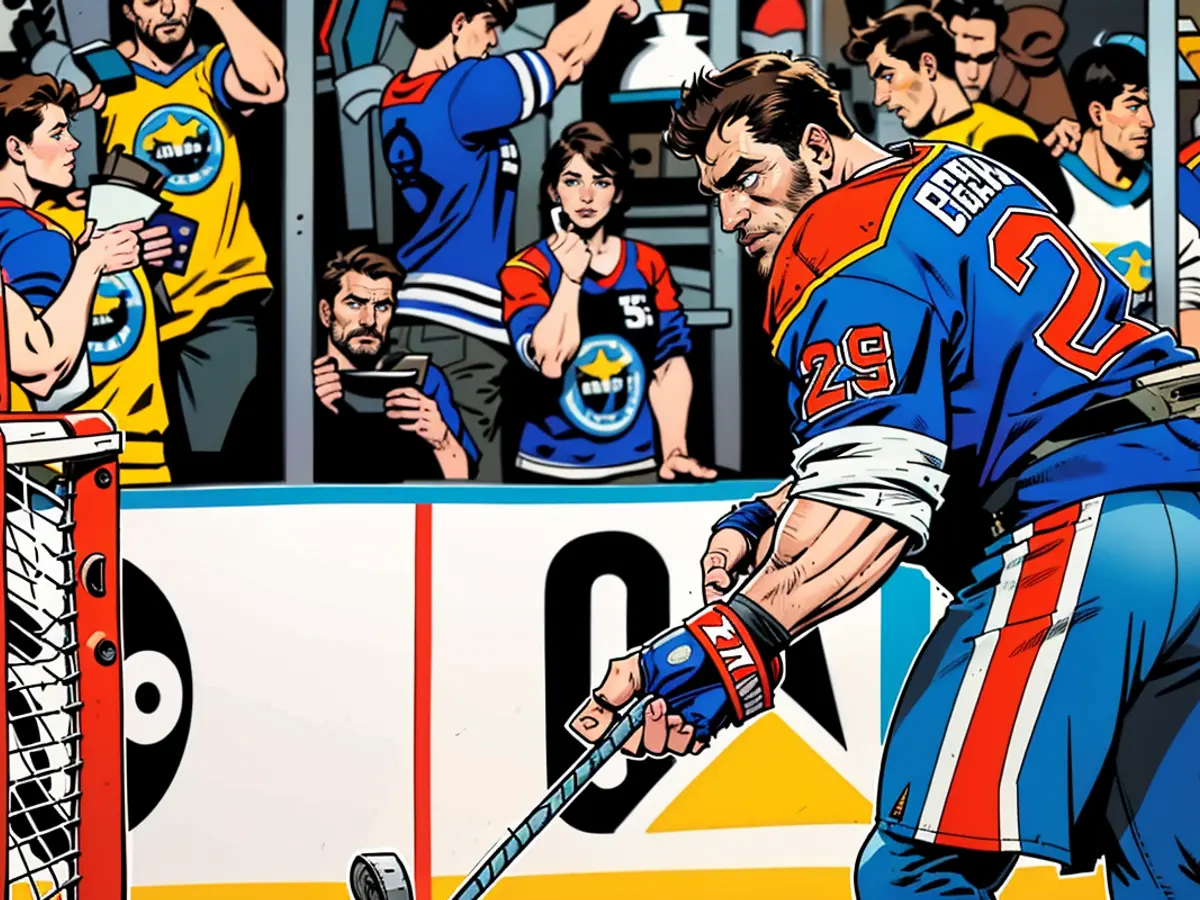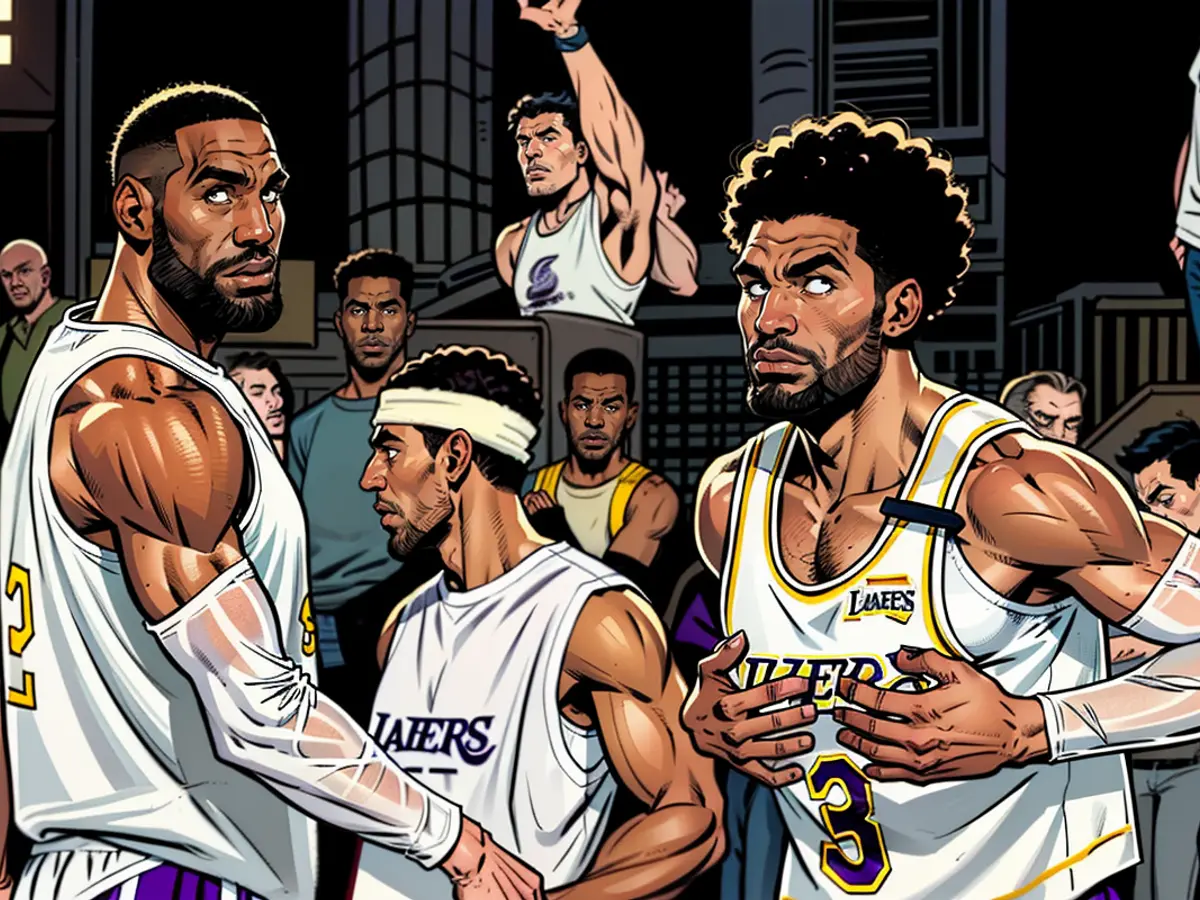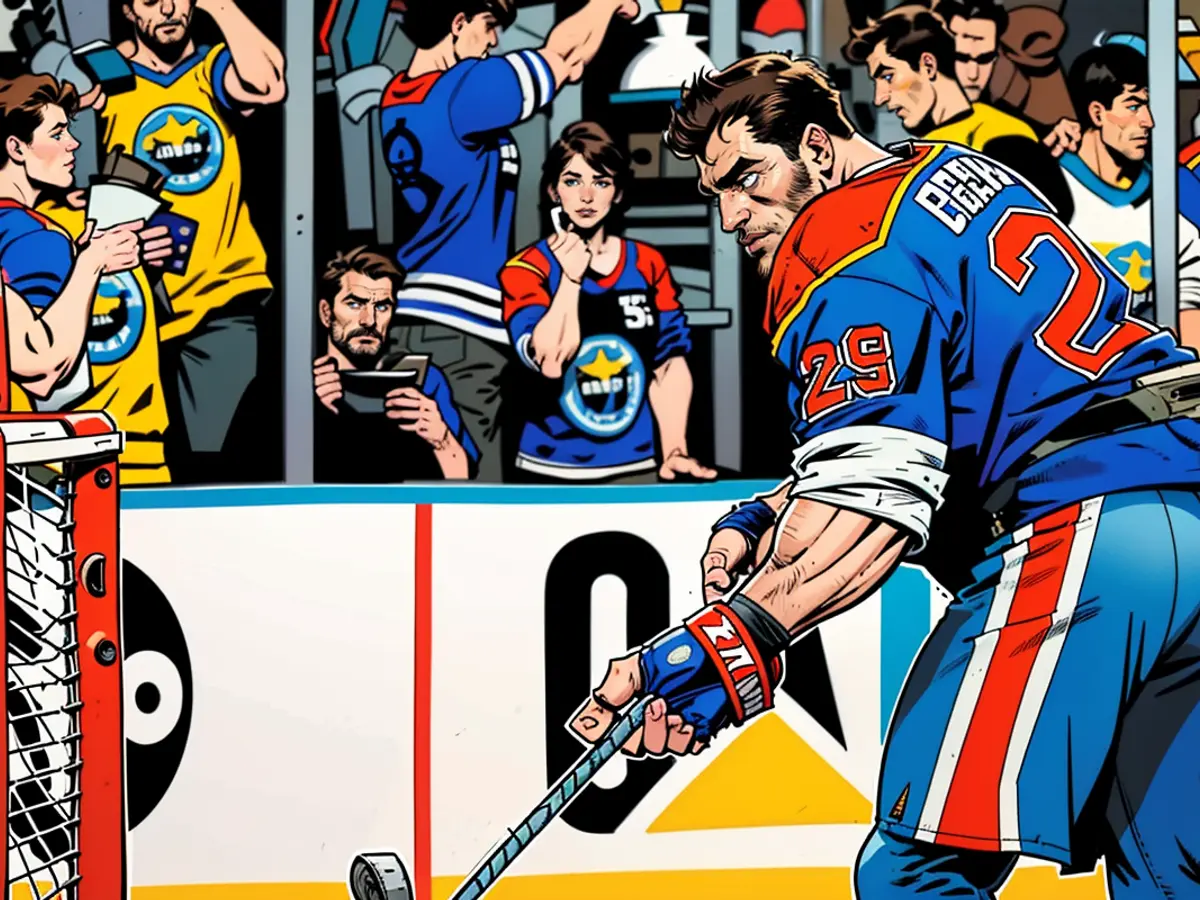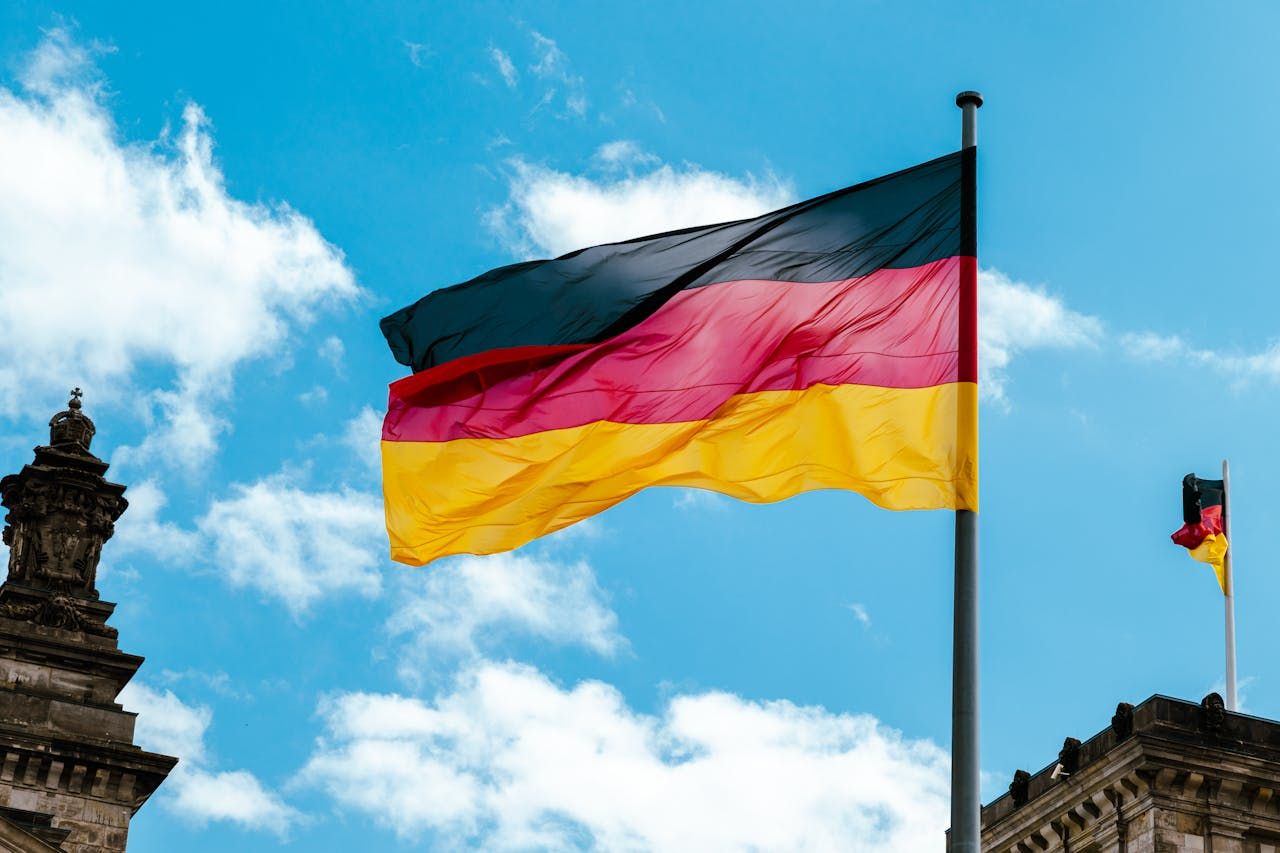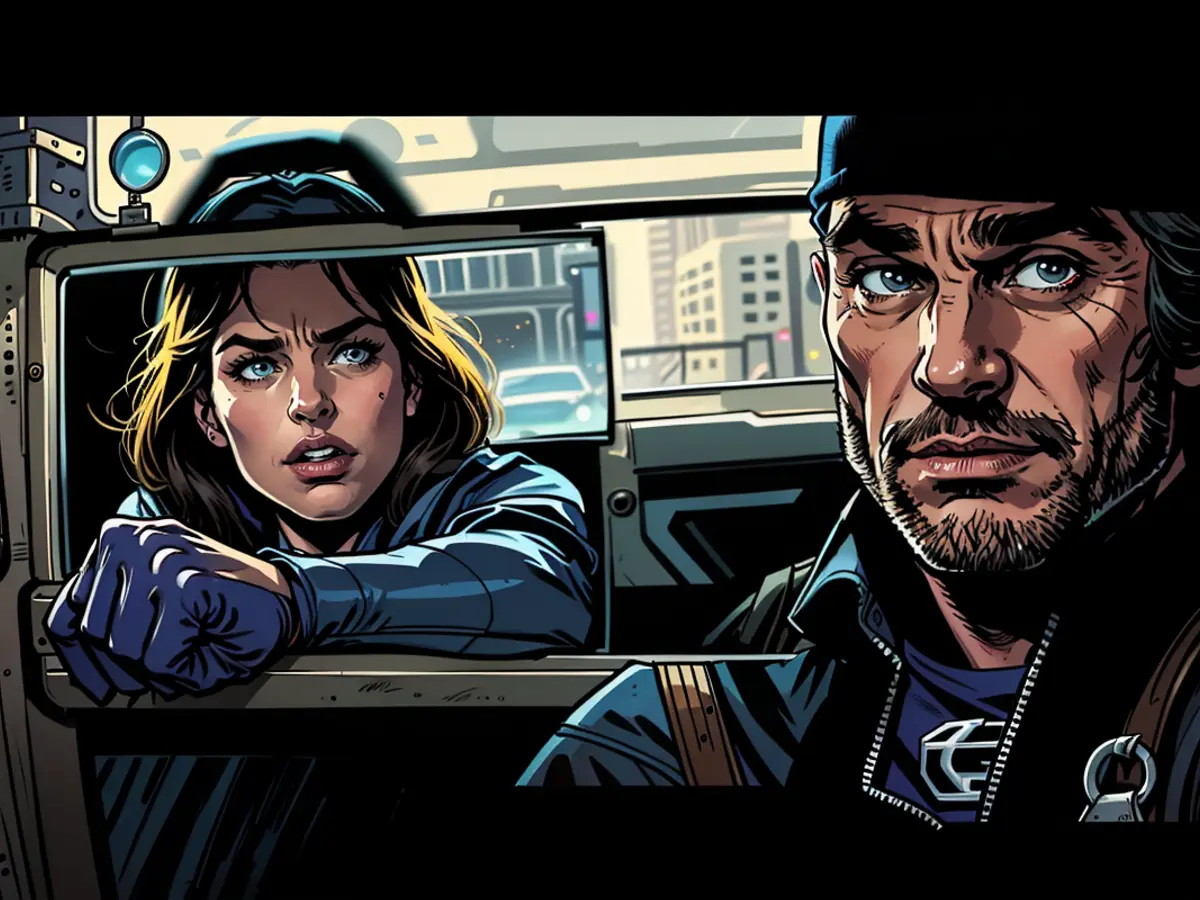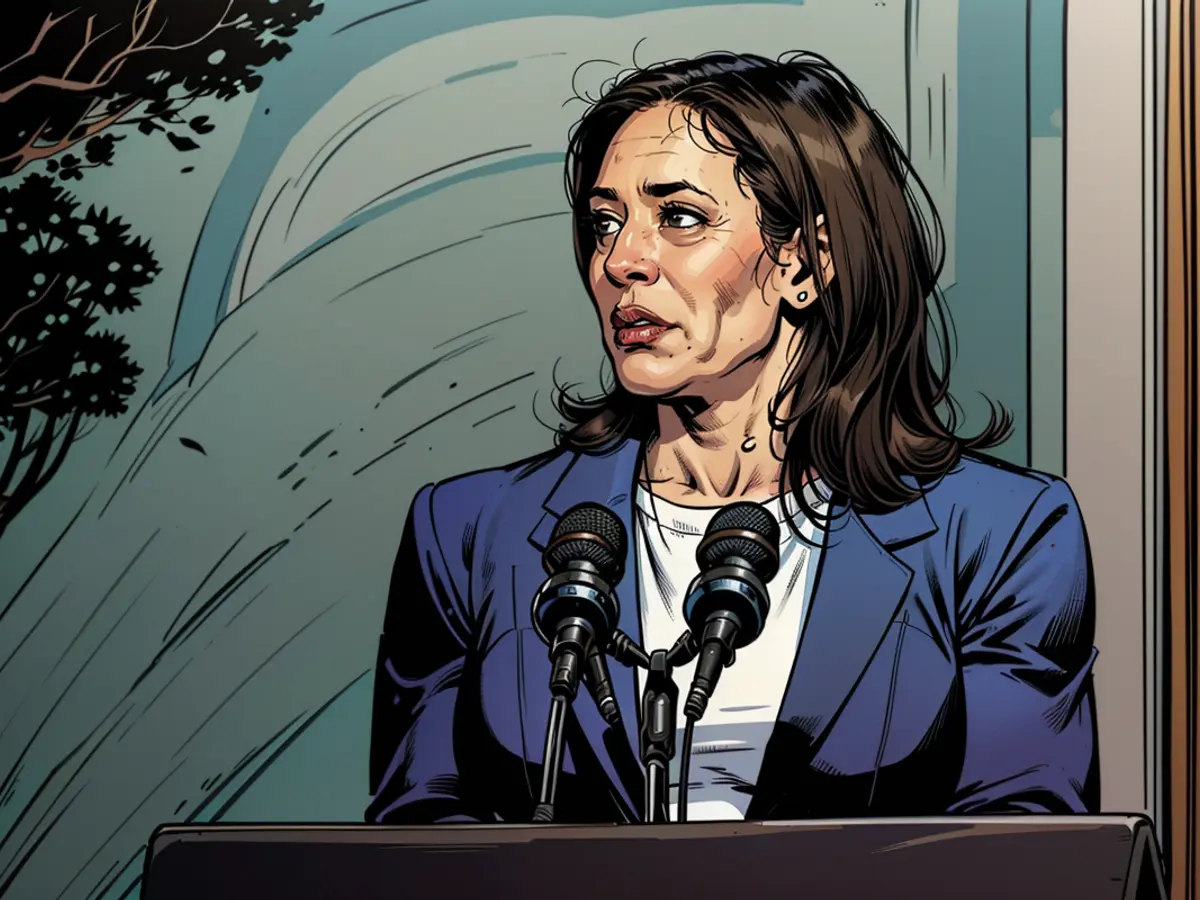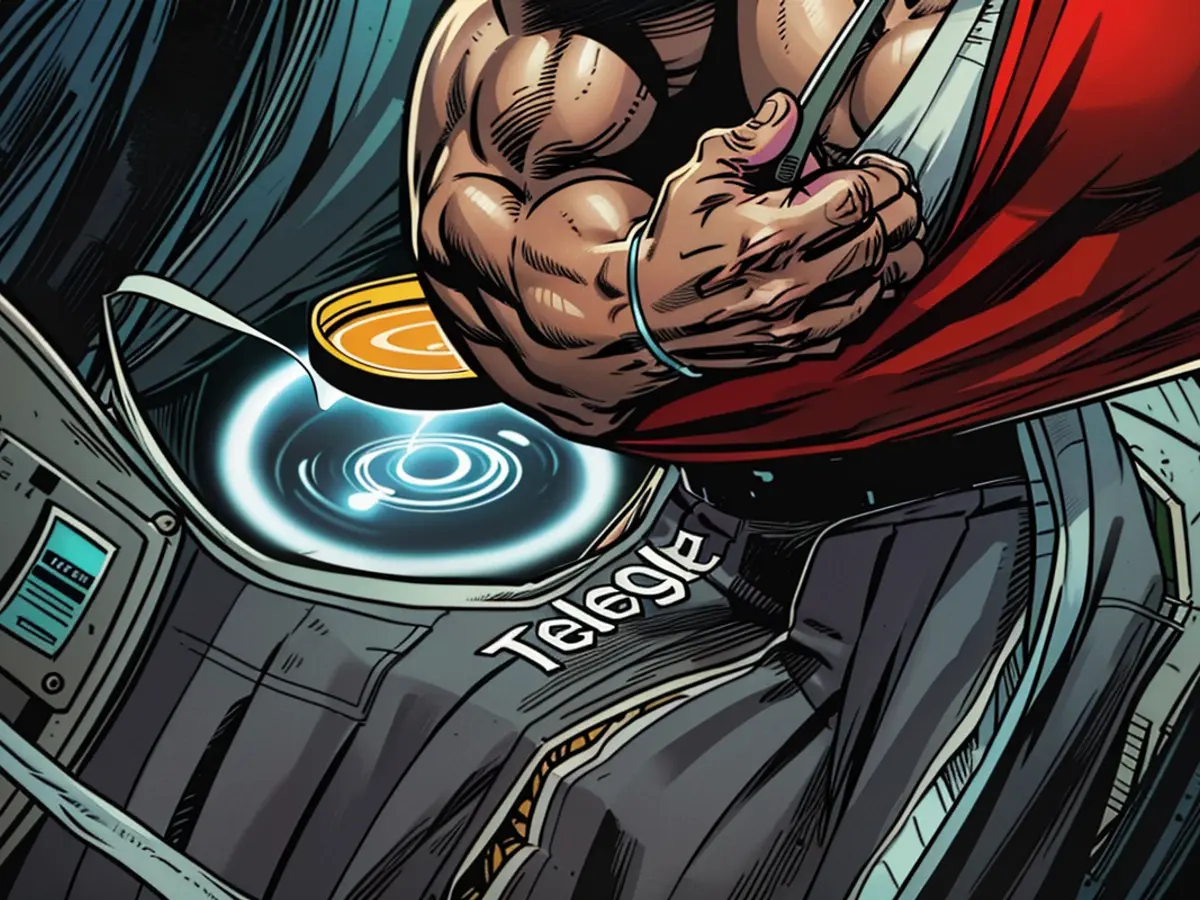Es ist wichtig, dass dieses Fußball-Video sorgfältig geprüft wird.
Das Video-Review hat seine eigene Erfolgsgeschichte geschrieben, insbesondere im Eishockey. Im Fußball und bei bestimmten Olympischen Sportarten wie Fechten und Ringen löst es regelmäßig Kontroversen aus und stoppt das Spiel. Im Eishockey hingegen ist es ein Triumph, der vor etwa 25 Jahren in Deutschland begann. Dies ist auch auf seine einzigartige Anwendung zurückzuführen. Es dient als Hilfsmittel für den Schiedsrichter, nicht als externe Autorität, ohne die Notwendigkeit eines vierten Offiziellen oder unnötiger Anweisungen.
Die Deutsche Eishockey Liga führte diese technische Unterstützung während der Saison 1999/2000 ein, und zwar zunächst nur bei den Playoffs. "Zu Beginn war es noch sehr einfach", erinnert sich Jörg von Ameln, der Direktor der Liga, "nur zwei VHS-Rekorder und ein Monitor mit der Zeitnahme." Die veralteten Torrichter, die Tore durch ihre grünen Lichter signalisierten, wurden durch dieses neue System ersetzt.
"We were pioneers in Germany," says Von Ameln, "other leagues took interest later." Initially, only one camera was used for replays, with additional footage from TV broadcasts adding clarity during Premiere's coverage. Decisions were solely focused on goals: Was the puck in the net? Was the attacking player offside? Was the puck kicked into the net? Was the goalie interfered with?
Unlike football or the NHL, there's no external video referee or VAR. "The on-ice referee must make a call first," explains Von Ameln, "the images must contradict his decision strongly, or it stands." Major errors are rare, often due to misuses of the video replay. Like in 2021's Augsburg ghost goal, when the puck slipped through an unseen hole from outside the net. Or the 2023 Straubing goal scored with the puck sliding under the goal frame.
Unlike football, where it's also about penalties and red cards, the video replay in ice hockey initially focused solely on goal decisions. However, the past three seasons have seen major penalties for serious fouls confirmed or reduced via video, thanks to HD footage and multiple perspectives from Telekom's broadcasts at every game. Since the previous season, it's also possible to verify if the puck was illegally shot over the Plexiglas. The most recent addition: All referees explain their decisions, including those following video replays, through a microphone and stadium speakers. They can also communicate more effectively with one another on the ice with the new system. "Even the NHL is considering this feature," says Von Ameln.
Of course, there's still room for enhancement: Von Ameln suggests incorporating three cameras in the goal post, a financial constraint. There's often debate about whether coaches should be allowed to request a video replay, like in the NHL. "The demand isn't high enough yet," thinks Von Ameln. The number of video replays is already substantial, with 214 for goals and 91 for penalties last season, resulting in 28 goal decisions being overturned. "That," emphasizes Von Ameln, "we consider a success."
The video evidence of the accidental goal in Augsburg, where the puck slipped through an unseen hole from outside the net, was scrutinized and led to a debate about the fairness of the play. The introduction of HD footage and multiple perspectives from Telekom's broadcasts in the past few seasons has expanded the role of video replay in ice hockey, now being used to verify major penalties and illegal shots over the Plexiglas.
